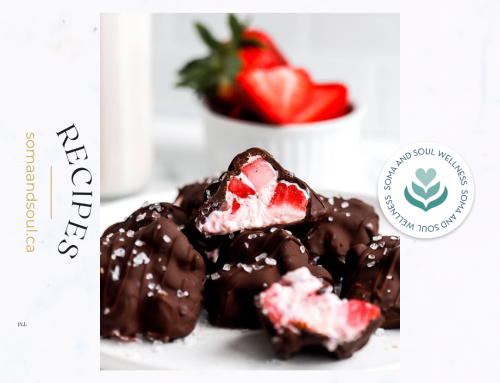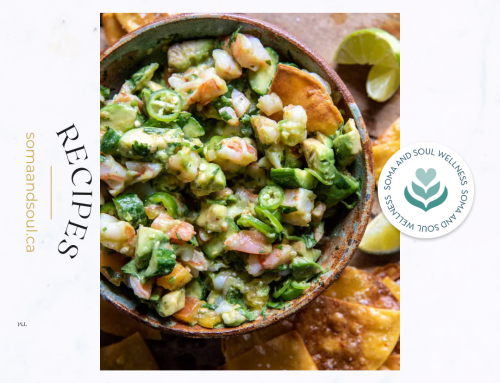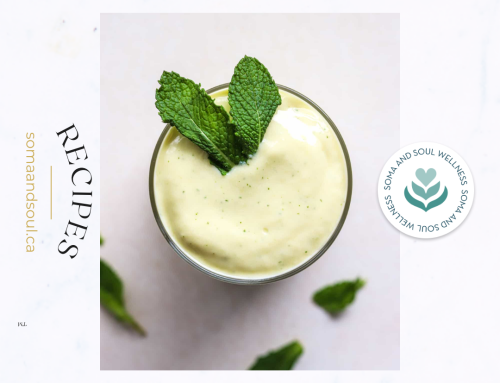Patios, picnics, and barbeques. Spending time with my family and friends. All of this lets me know summer has finally arrived. One important thing about summer that is overlooked is the fresh local fruits and vegetables that are readily available to us. In the summer, this produce is at its peak. Fruits and vegetables are at their tastiest and may be more nutritious than at other times during the year.
Buying locally at one of the many farmer’s markets is a great way to find these seasonal delicacies. Here is a selection of the produce you should be able find at your local farmer’s market:
- Radishes (May to November)
- Strawberries (June and July)
- Radicchio (June to August)
- Broccoli (June to October)
- Sweet Bell Peppers (June to September)
- Field Cucumber (June to October)
- Kale (June to November)
- Cauliflower (June to November)
- Field Tomatoes (July to September)
- Zucchini (July to October)
- Raspberries (July to October)
- Peaches (July to October)
- Rapini (July to October)
When it comes to summer eating, take advantage, and always aim to eat a wide assortment of colourful fruits and vegetables. Why? Because these foods contain important components called phytonutrients. In the past, phytonutrients main benefit was being anti-cancerous but new research is showing that phytonutrients are responsible for a lot more.
Some more common types of phytonutrients are:
Polyphenols (cherries, raspberries, blueberries, nuts). These benefit the body by boosting cognitive functioning, cardiovascular strength, and digestion. It also helps prevent development of cancers, heart diseases and diabetes.
Isothiocyanates (broccoli, cauliflower, kale, cabbage). These have strong anti-cancerous properties keeping cells from being damaged. Boost liver detoxification.
Carotenes (pumpkins, carrots, sweet potatoes, citrus fruits, apricots). Great for immune health, eye health and skin health.
Lignans (flaxseed, nuts, seeds) Modulate hormone receptors.
Anthocyanins (blackberries, purple cabbage, red onions, plums, purple corn, pomegranate). Help against inflammation. Helps against heart disease. Helps prevent against neurodegenerative diseases. Helps against UV radiation.
Tannins (pomegranate, legumes, nuts, dark chocolate) Supports blood circulation and pressure. Anti-microbial.
In addition, data is showing that phytonutrients act as regulators for the bio-signaling occurring in the body. That is, they can help to optimize functions such as heart rate, contracting a muscle, and blood pressure.
When you think of your daily nutrition goal, think of adding lots of different colours. The goal should be 2 servings of fruits and 3 servings of vegetables. Remember this should be divided over the day and not consumed in one meal. Eating this way will help give you that energy over the summer to tackle any activity or goal you set for yourself.
Here are 2 recipes to help you on your way.
Grilled Mediterranean Chicken Kabobs
- 1/2Lemon (juiced)
- 7 milliliters Red Wine Vinegar
- 2 grams Oregano (dried)
- 15 millilitres Extra Virgin Olive Oil (divided)
- 227 grams Chicken Breast (boneless, skinless, diced into cubes)
- ½ Zucchini (large)
- ½ Yellow Bell Pepper
- 80 grams Red Onion
- 149 grams Cherry Tomatoes
- 4 Barbecue Skewers
Directions:
- Combine the lemon juice, red wine vinegar, oregano and 1/2 of the olive oil in a mixing bowl. Add in the cubed chicken breast and mix well. Place in the fridge and let marinate while you prep the vegetables.
- Dice the zucchini, yellow bell pepper, and red onion into large chunks. Toss in the remaining olive oil.
- Slide the marinated cubed chicken, zucchini, yellow bell pepper, red onion and cherry tomatoes onto the skewers.
- Preheat the grill to medium heat.
- Grill the kabobs for 8 to 10 minutes per side or until chicken is cooked through.
- Remove the kabobs from the grill and divide onto plates. Enjoy!
Grilled Watermelon & Honeydew Salad
- ¼ Honeydew Melon (medium, peeled, seeds removed, cut into wedges)
- 1/8 Seedless Watermelon (medium, cut into wedges)
- 11 millilitres Extra Virgin Olive Oil
- 750 milligrams Sea Salt
- 4 milliliters Balsamic Vinegar
- 4 grams Mint Leaves (torn)
- 7 grams Basil Leaves (torn)
- 22 grams Pumpkin Seeds (toasted)
Directions:
- Place the honeydew and watermelon in a large baking dish or on a baking sheet. Drizzle the oil on all sides and sprinkle with salt.
- Heat the grill to medium-high heat. Place the honeydew and watermelon directly on the grill and char for three minutes per side, until charred. Remove and place back on the tray or baking dish. Let cool.
- Once cooled, chop the melon wedges into chunks and place in a large salad bowl. Drizzle with balsamic vinegar and top with mint, basil, and pumpkin seeds. Enjoy!
If you need support and are unsure how to begin let us know. I am here to help you and can provide meal plans or coaching on how to reach your nutrition goals. I am here to support you and make your transition to a healthier life smoother.
All the best in health,
Sean Hew Wing, CNP
Want to read more about Sean and his practice? Click here!




